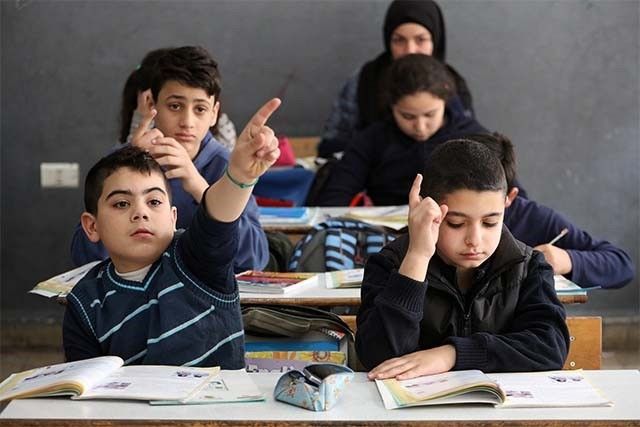
The returns to education are high in most countries. An additional year of schooling increases earnings by 10 percent a year (Montenegro and Patrinos 2013). At the same time, education is one of the most powerful instruments for reducing poverty and inequality, as well as for laying the basis for sustained growth. Many ideas on how to realize those returns have been put forward. The question is, however, how to finance it. It is estimated that global education expenditure was $4.6 trillion in 2013, rising to $5.6 trillion today, and forecast to reach $6.4 trillion by 2018. Public expenditure on education is significant; on average, countries spend about 5% of GDP on education, or 10-20% of public expenditures. Given the returns to education at different levels, where should one invest the marginal dollar?

Arguments for public subsidy of education have been made, even if it is not always considered a public good; the returns to schooling are largely private and education is excludable. But rather than expect all students to invest the optimal amount in their own education, there are other considerations that make public involvement necessary. Education is a basic human service, a human right, and optimal investment is often thwarted by market failures, differences in child and parent preferences, borrowing constraints, and youth perceptions. Schooling is also as a mechanism for enhancing social cohesion and nation-building, and produces numerous externalities (productivity spillovers, crime reduction, citizenship). But merely increasing spending does not necessarily improve outcomes – especially if that spending is misallocated and misaligned, and if it doesn’t target what works.
To realize the returns to education — and to reduce poverty and raise economic growth, while reaching the out of school population and raising the quality of education — there is a need to improve how it is financed.
A seminal publication by the Education Commission, The Learning Generation: Investing in Education for a Changing World, calls for a financing compact for improving education outcomes. The compact – between developing countries and the international community – is to be realized through four transformations: in performance, innovation, inclusion and finance. Under this compact:
(1) National governments would commit to reform their education systems to maximize learning and efficiency and to ensure that every child has access to quality education, free from pre-primary to secondary levels, through the progressive and sustained increase of domestic financing
(2) Where countries commit to invest and reform, the international community would stand ready to offer the increased finance and leadership necessary to support countries working to transform education
(3) This would include mobilizing new finance from a wide range of sources, including through the establishment of a new education investment mechanism to help scale financing from Multilateral Development Banks.
Another seminar piece, published 30 years ago by the World Bank (George Psacharopoulos, Jee-Peng Tan and Emmanuel Jimenez), The Financing of Education in Developing Countries: Exploration of Policy Options, written at a time of macroeconomic crisis and declining budgets for education, calls for (then) new financing arrangements. To address the misallocation of resources and underinvestment in basic education, to improve the efficiency of spending, and to enhance equity, the Bank called for three broad policies:
(1) Recovering the public cost of higher education and reallocating government spending on education toward the level with the highest social returns
(2) Developing a credit market for education, together with selective scholarships, especially in higher education
(3) Decentralizing the management of public education and encouraging the expansion of private and community-supported schools
Taken together, though written 30 years apart, there is complementarity in the compact and package. With much more knowledge today about what works, the relatively higher returns to higher education, and enhanced commitment of the international community, there is a lot that can be done to achieve international goals. Also, such policy reports can influence (or preview) important developments. After all, cost recovery at the higher education level has increased in many countries, a credit market for higher education with interesting mechanisms has evolved, and private school growth has been phenomenal.

